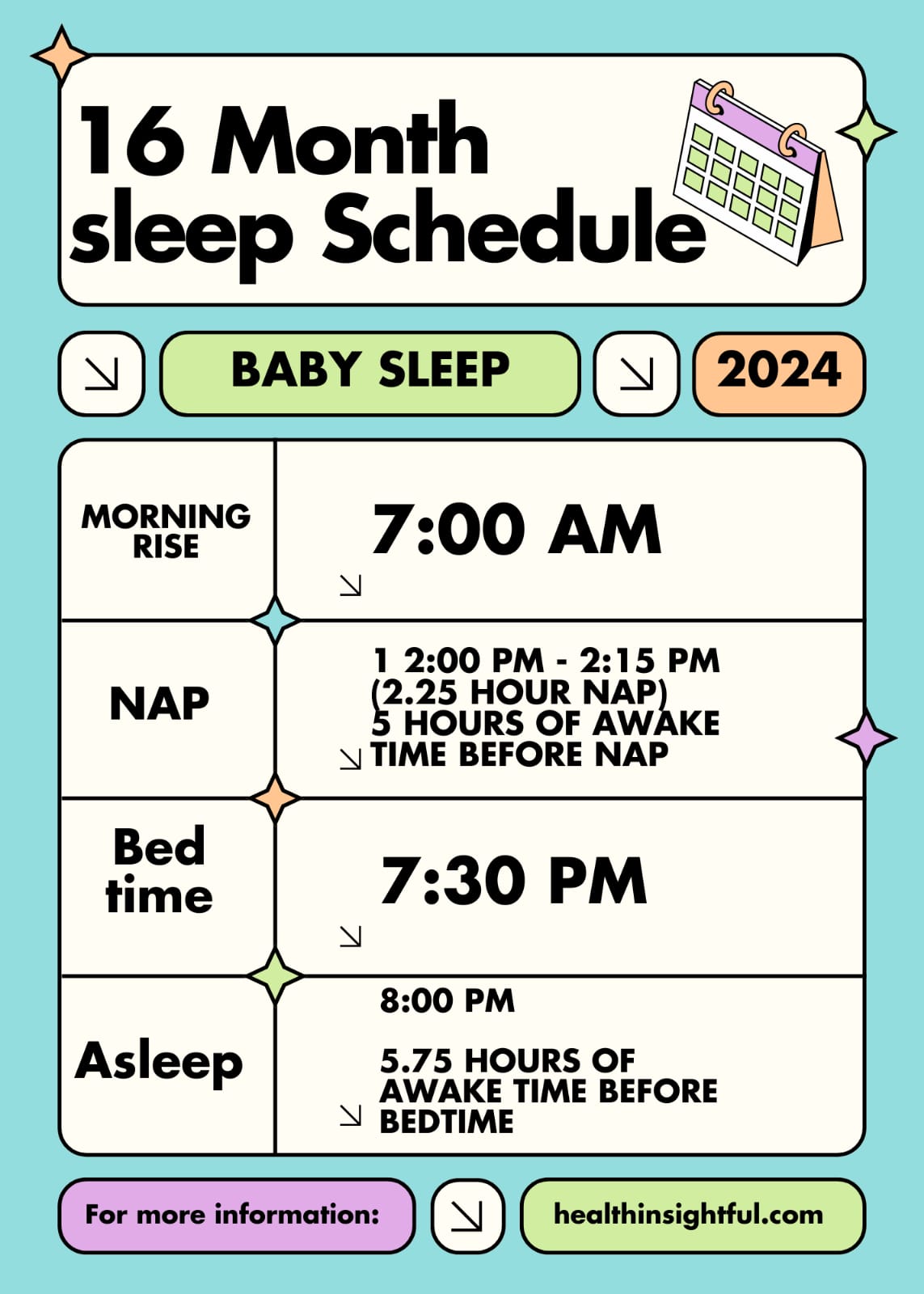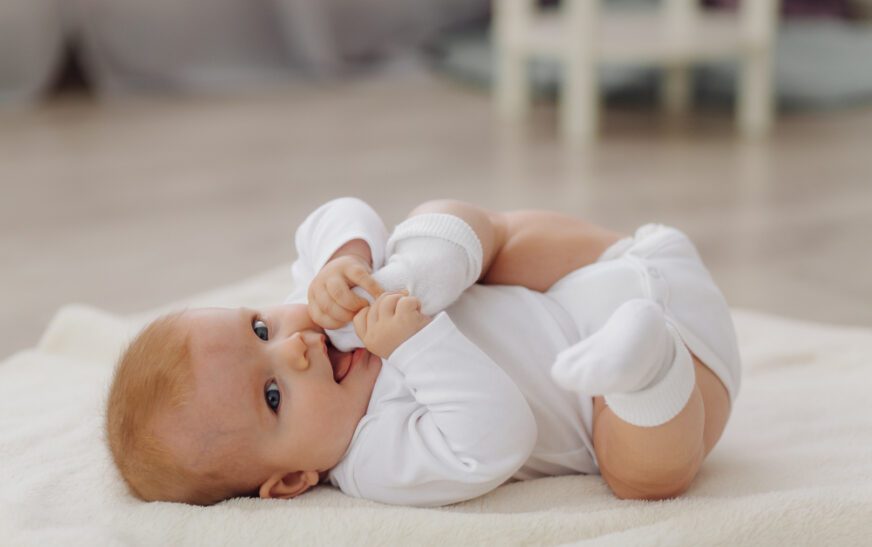Being rocked to sleep is a common practice that many parents use to make their babies fall asleep. However, with time, it certainly becomes an overwhelming task for the parent, and it is essential to get your baby transitioned into developing independent sleep habits. While the rocking method is effective for the first months of life, the more months that go by, the more you will need your baby to come up with a method to self-soothe and fall asleep on his own. The following guide will take you through some effective ways to get your baby off being rocked to sleep and how to make this transition much easier on you and your little one.
Realizing the need to wean: The babies connect sleeping to the relation of activities or routines, and the most common sleep associations are rocking. As your baby starts growing up, this might become super exhaustive for the parents to rely on. In case your baby wakes up during midnight, this might interfere with his usual sleep as he gets rocked back to sleep. Weaning will surely help your baby sleep better and give him more independence in sleep.
1. Set Up a Bed Time Routine

The bedtime routine at night forms the base of sleep training. A predictable bedtime routine signals sleep onset to your baby that it is time to start off to sleep. The activities constituting a bedtime routine may include:
- Bath time: A warm bath is soothing to the baby and might help him relax.
- Reading a book: this would be reading a short, sweet story that would help your baby’s gradual shift from active play into a more restful state.
- Gentle lullabies: you can sing a lullaby or soft music in order to further calm down your baby. The bedtime routine always consists of the same things every night: it is performed at the same time and in the same order. Predictability will help your baby learn it’s time for bed, and they will be less likely to depend on being rocked to sleep.
2. Gradually Cut Down on Rocking Time
Sudden stoppage of rocking is stressful for both of you and your baby. On the flip side, however, gradually reduce the time you spend every night rocking your baby. Here’s how you can do it:
- Watch the timing: Observe how long you generally take to rock your baby off to sleep. Then, on successive nights, shave some minutes off the time taken to rock him.
- Get into other soothing actions: As you start reducing the rocking, get your child into contact with other soothing methods like a light pat or soft shush while in your arms.
- Put them to their bed sleepy but awake: Lay your baby into his bed when he is sleepy but still awake. This is helpful for them to learn falling asleep without being rocked.
A lovey or pacifier can help your child transition from being rocked to sleep. Loveys, pacifiers, and other comfort objects have a security value for the child and can be associated with falling asleep instead of rocking. Here’s how to introduce a comfort object:
- Safety: This would be an object that is safe; that is, such that your baby can sleep safely with it-smaller than your baby but without attachments that are easily detached and can become a suffocation or choking hazard.
- Introduce at bedtime routine: Let the comfort object be part of the bedtime routine so that your baby starts connecting it with sleep.
- Let them hold it in the crib when they are inside: This might help your baby sleep on their own and will give them a feeling of security.
4. Give a Shot to Techniques in Gentle Sleep Training
There are numerous techniques involved in gentle sleep training that can help your baby learn to go to sleep without having to be rocked. These methods are all developed to limit crying and stress and, at the same time, promote self-soothing:
The Pick-Up/Put-Down: This is a method of picking up your baby, comforting her at each crying, but putting her down the very moment she becomes calm. With time, your baby will learn how to fall asleep without using rocking.
The Chair Method involves sitting in a chair next to your baby’s crib during the time in which your baby falls asleep. Each night the sleeping baby hears you farther away from their crib until you are out of the room while your baby is falling asleep. This method helps your baby learn to fall asleep without the immediate presence of the parent.
The Ferber method is a graduated extinction wherein one lets their baby cry for short, increasing intervals before comfort. Though often a little bit more challenging to carry out, it can be very effective fast and can be tailored to suit a small or large amount of parental presence based on comfort levels.
5. Be Consistent and Patient

This only works if you are consistent. Consistency begets routine, and babies love that. It is normal for some days not to turn out as good as others; however, you need to patiently abide by it. Here are some tips to guide you on how to keep your consistency intact:
- Stick with the bedtime routine: The same steps are to be followed each night-outings and weekends too. That helps to reinforce the new sleep associations you are building.
- Response calmly: If your baby cries or protests, try to stay in an calm and patient stage. This is new learning for the self-soothing of your baby, and it takes some time for them to get used to it.
- Don’t give in to rocking: Sometimes, when it is going to be one of those tougher nights, it’s easy to give in to the temptation of rocking. This will only confuse your baby and make weaning longer.
6. Handling Night Wakings
In case your baby wakes up during nighttime and expects to be rocked to sleep, then you should apply the same weaning principles outlined above. If your baby wakes, give them a few minutes to see if they will soothe themselves to sleep. If they remain crying, then comfort them with patting or shushing or the comfort object instead of picking up and rocking. Over time, your baby will learn to go back to sleep without needing to be rocked.
7. Reward Progress
Weaning your baby off being rocked to sleep is a huge milestone that is to be acknowledged by celebrating small victories. When finally your baby manages to sleep through the night, or maybe does not need to be rocked to fall asleep, that is pretty good. Avail yourself of the opportunity to recognize that positive reinforcement, which will add to motivation during this process.
Conclusion
Surely, weaning your baby from being rocked to sleep is a slow process that indeed requires a great deal of patience, much consistency, and gentleness. Progressively establish a perfect bedtime routine, decrease the time spent rocking, introduce comfort objects, and perform gentle sleep training skills. Help your baby get good sleep habits and be aware that each baby may be different in how they may have to be approached. It takes time and persistence, but your baby can learn one that works well for both of you.










